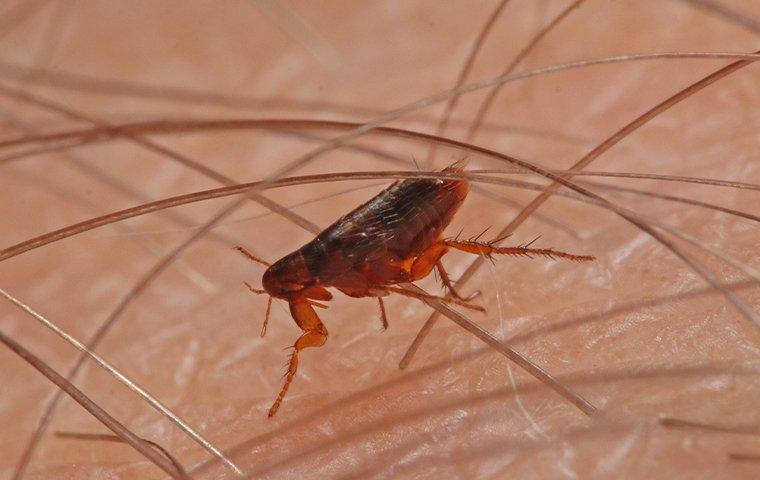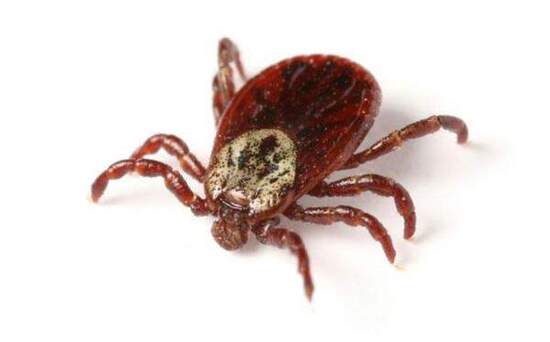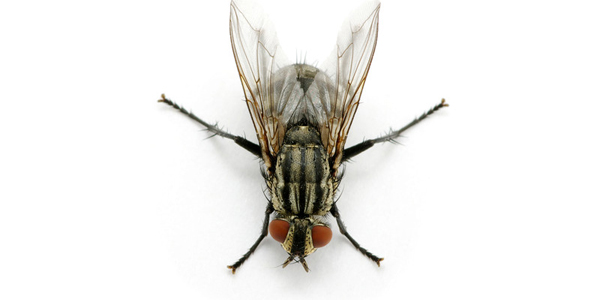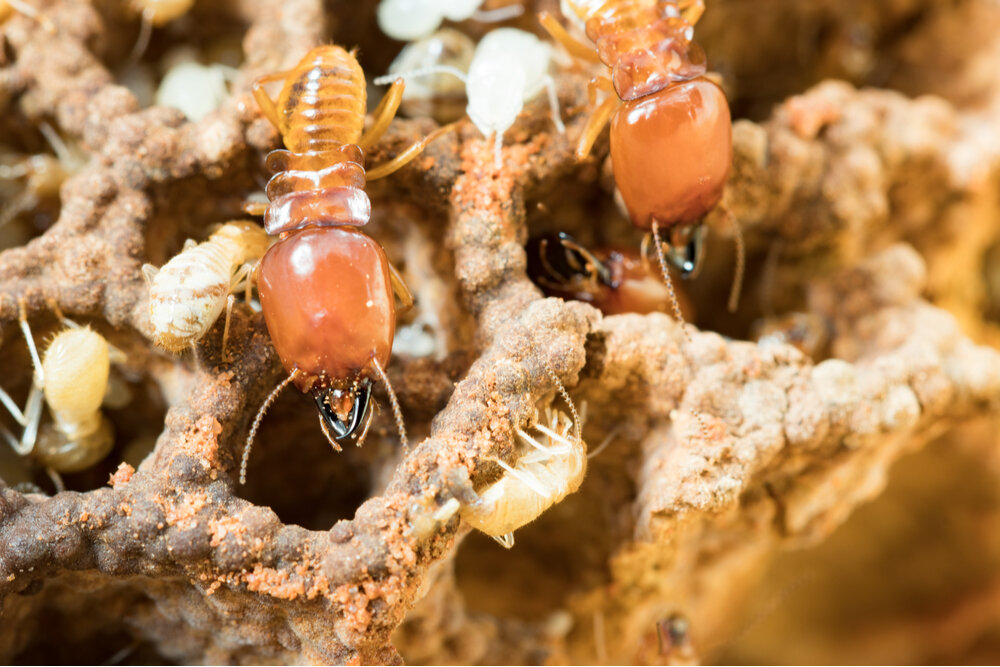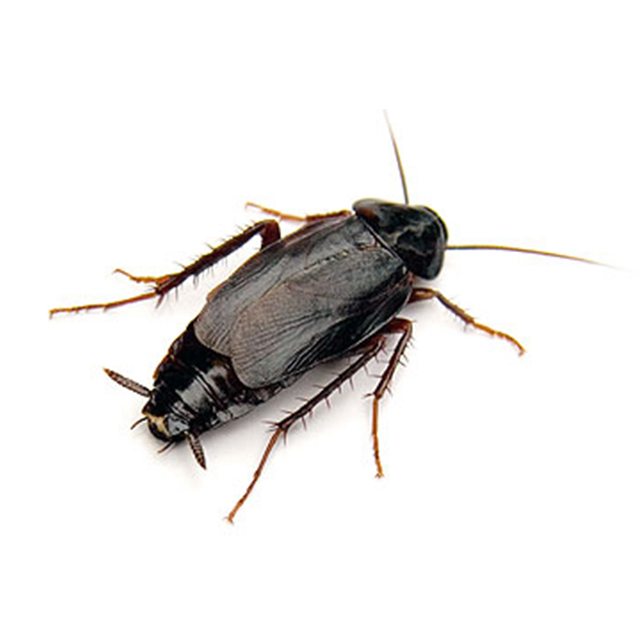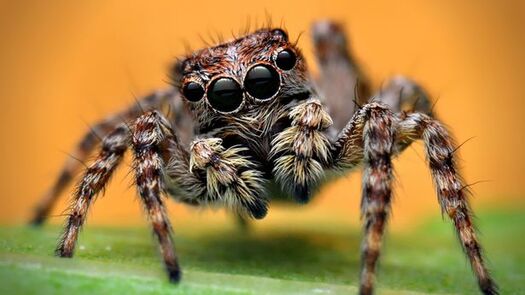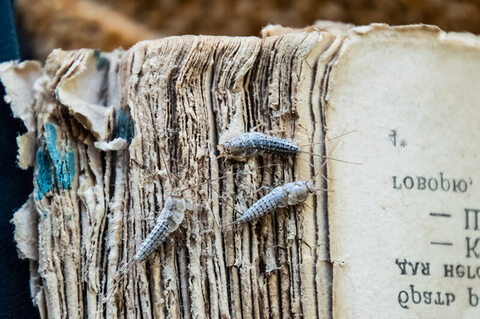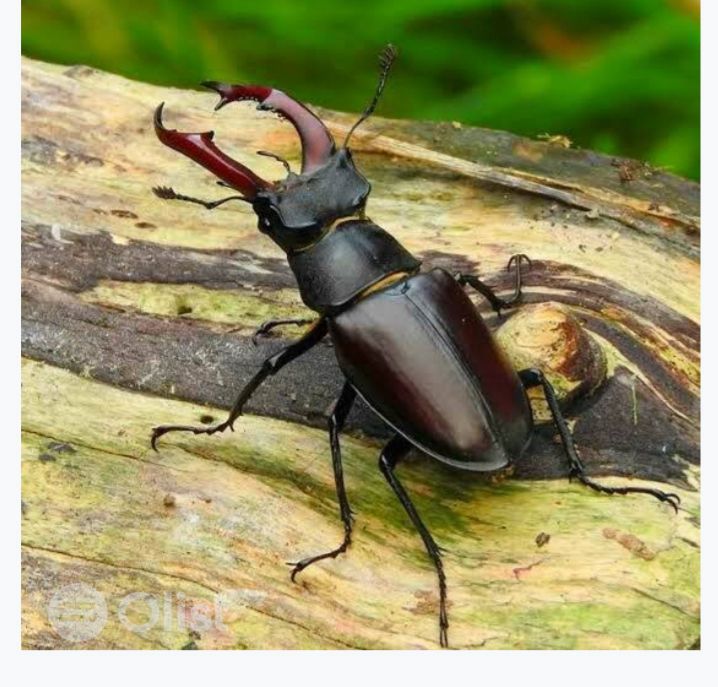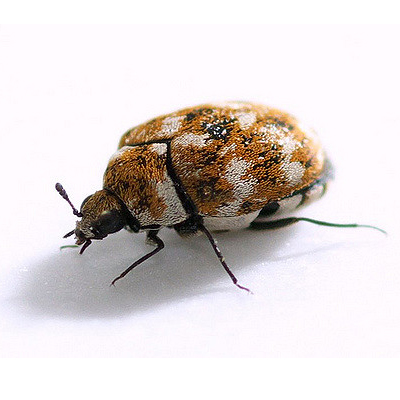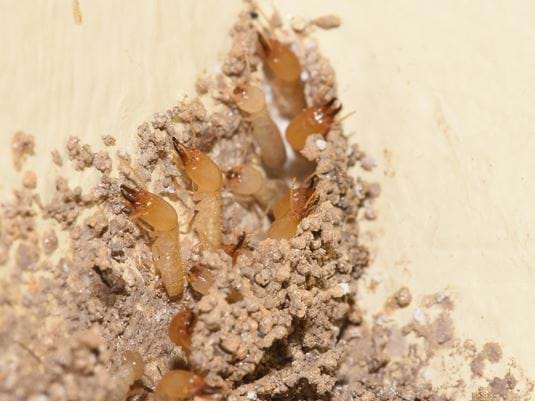Human fleas aren’t as common as other flea species. It will feed on humans and can be found in homes and the nest of the animal host. •Fleas hopping around the drapes, carpet, furniture, pets, and in pet’s bedding. Fleas will appear and vanish quickly. •Pet will likely be scratching or licking excessively. This is […]
Ticks go through four life stages, to complete this complex life cycle, ticks must take a blood meal at every stage, the immature ticks take a blood meal on small animals/ birds, But adult ticks prefer larger hosts, like dogs, deer and in some cases humans, Ticks are most common in humid climates, and are […]
Cluster flies appear black and have golden hairs growing on their body, The presence of cluster flies implies chances are there’s decaying matter somewhere near. In autumn they congregate in large numbers in upper rooms or roof spaces of houses to hibernate. Then reemerge in Spring to seek out egg laying sites outside. A mass […]
Moist wood is a major conducive condition for termite infestations Exterior condition include, Wood to soil contact, excessive moisture, debris around structures cracks in slabs and foundations, firewood by foundation Interior condition include, Bath traps, shower drains, plumbing penetrations, moisture issues and interior joints.
Oriental cockroaches, often called water bugs, prefer dark, damp, and cool areas, The male has short fully developed wings, and the female has vestigial wings. Oriental cockroaches are more drawn to water, Oriental cockroaches can spread very harmful diseases, their exoskeleton being unusually strong and their insides are just as strong. They evolved to be […]
Generally spiders have 6-8 eyes, whereas jumping spiders have 4 sets of eyes, as they are daylight hunters, excellent vision is essential for them to recognise prey and enemies. These eyes form depth perception, which is the essence of making the spiders a never-miss-out-jumper. The silk produce act as a dragline to secure their long […]
Silverfish are a warning sign that our home has developed entry points, more specifically which may have been caused by water damage. These pests are most active at night. Being nocturnal, they can easily go unnoticed and populations can multiply fast. During the day they hide in nooks and crannies in dark areas. Silverfish cannot […]
Stag beetles are one of the most spectacular insects. The male’s large jaws look just like the antlers of a stag. They spend most of their life underground as larvae, only emerging for a few weeks in the summer to find a mate and reproduce. A fully-grown grub can be up to 110mm long. They […]
Carpet beetles are responsible for more damage to carpets, rugs, and other woolens than clothes moths. Four species of carpet beetles are commonly found, when carpet beetles get in touch with the food left unprotected, they will leave excrement and saliva. This leads to contamination of the food and poses health risks to people who […]
Subterranean termites are social insects that live in colonies containing caste systems. Typical colonies have three distinct castes: reproductives, workers and soldiers, the queen may live for many years, and soldiers and workers may live one to two years, mature subterranean termite colony can consist of anywhere between 60,000 and two million workers. Subterranean termites […]

